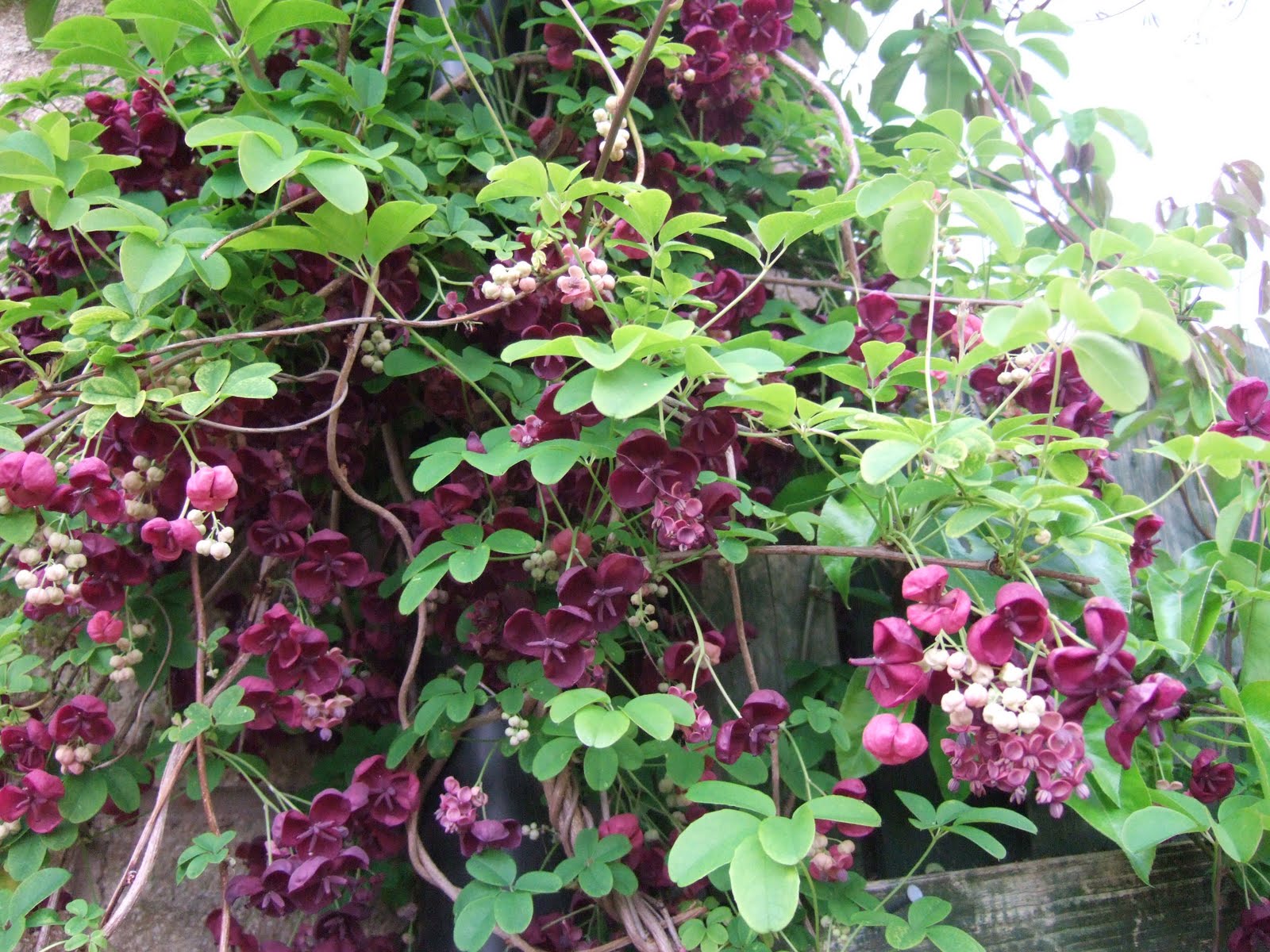http://easss.com/store/walmart
It grows to 10 metres or more in height and has compound leaves with five leaflets. The flowers are clustered in racemes and are chocolate-scented, with three or four sepals. The fruits are sausage-shaped pods which contain edible pulp. The gelatinous placentation is littered with seeds but have a sweet flavor, so they used to be enjoyed by children playing out in the countryside in the olden days in Japan[citation needed] . The rind, with a slight bitter taste, is used as vegetable, e.g., stuffed with ground meat and deep-fried. The vines are traditionally used for basket-weaving.

In China, A. quinata is referred to as 木通 ("mù tōng" (Pinyin) or "mu tung" (Wade-Giles)) meaning "woody thoroughgoing (plant)". It is also occasionally known as 通草 ("tōng cǎo" (Pinyin) or "tung tsao" (Wade-Giles)) meaning "throroughgoing grass". In the Chinese pharmacopoeia it is believed to be therapeutic as a diuretic, antiphlogistic, galactagogue and analgesic. The principal use of the herb in China is as a traditional remedy for insufficient lactation in nursing mothers. The medicinal part of the plant is the woody stem which is sliced in transverse sections and prepared as a decoction. The stem contains approximately 30% potassium salts thus giving the diuretic action.
No comments:
Post a Comment